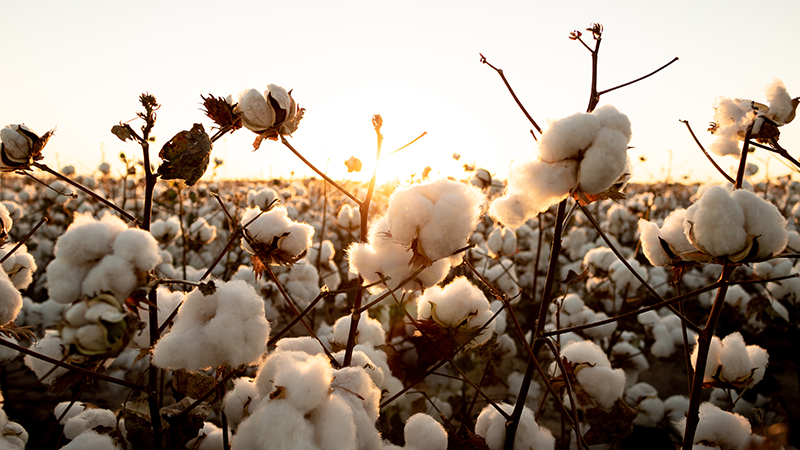From Field to Market

The Keystone Alliance for Sustainable Agriculture is a stakeholder group working to develop a supply-chain system for sustainable agriculture. It includes representatives from throughout the food and fiber chain, including grower organizations, agribusinesses, food companies, conservation organizations and land grant universities.
With the need to feed and clothe a projected 9 billion people by 2050, Keystone’s goal is to increase the efficient use of resources for profitable agricultural production, continue to increase overall productivity, maintain and improve access to nutritious and safe food, and maintain and improve environmental health.
One of Keystone’s programs is called “Field to Market” which developed the Fieldprint Calculator, a tool designed to help growers measure crop-production impact on natural resources. It provides general information on practices that influence energy use, climate impact, soil loss and water use, while also considering productivity levels, including yield.
The calculator is available at www.fieldtomarket.org
Through its Field to Market Tours, it gives attendees a firsthand look at the activities of program participants. In early June, a tour was held on Jay Hardwick’s Somerset Plantation, near Newellton, LA, which has been on the cutting edge of conservation practices for many years.
“The National Cotton Council sent out some information on the Fieldprint Calculator and Jay took a look at it and said that this was something that he would be interested in and wanted to involve the NRCS (National Resources Conservation Service),” said Sarah Alexander, Director of Sustainability and Leadership Programs at The Keystone Center in Keystone, CO, who was on the tour than day. “Jay became one of the first test cases for what we might be able to do with the Fieldprint Calculator beyond it being just a desktop exercise. “So Jay, through the National Cotton Council, actually found us.”
Hardwick and his brother-in-law, Pat Mabray, have a combined 20,000 acres, with Hardwick’s operation totaling 8,100 acres west of U.S. Highway 65.
“We have a good relationship and we don’t partner on anything ― we want to be friends for a long, long time. So that has worked well,” Hardwick said with a laugh. “Highway 65 seems to be the line of demarcation, but it’s interesting that it’s also the soil-type line.”
Hardwick said the “alligator clay” to “Sharkey clay” soils that you find on parts of his side of the demarcation line require cultural practices different from those soils classified as traditional cotton ground. “It has very different challenges, and it led me to conservation tillage,” he explained. “Clay soils, although very productive, have to be farmed very differently.”
“One of the important things for us in getting out on the farm to see how we can support farmers like Jay and help with his quest to improve his performance over time and have the supply chain be a part of that conversation,” added Alexander. “For example, do people understand how Jay’s footprint impacts a box of cereal?”









